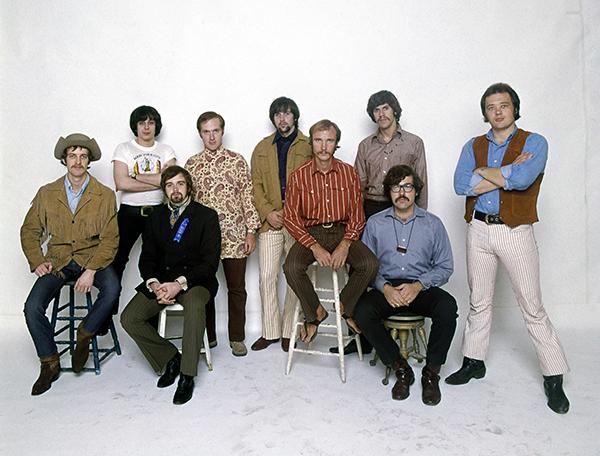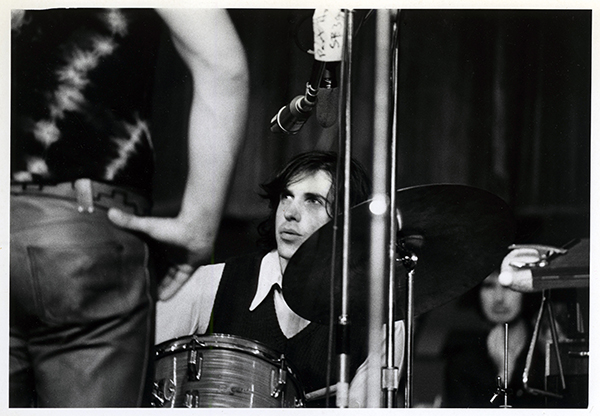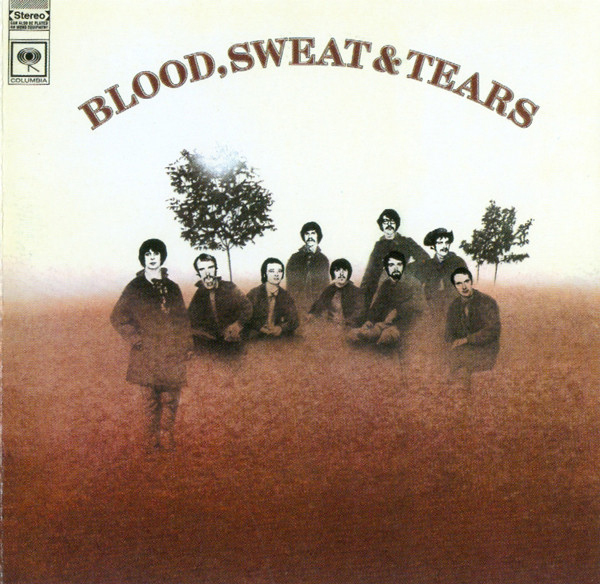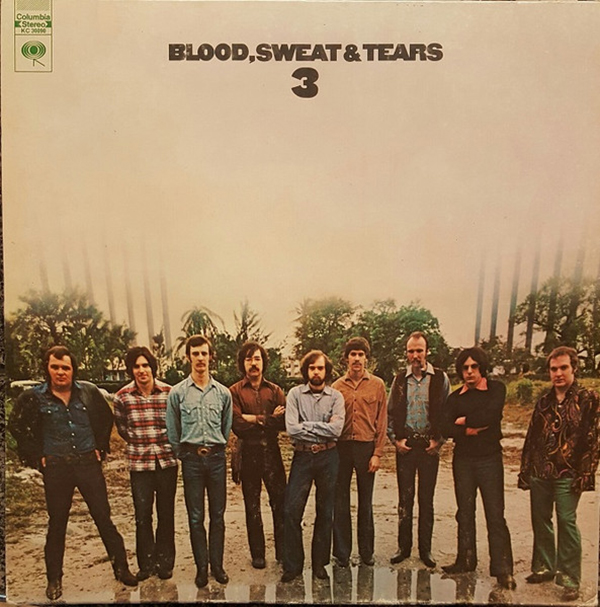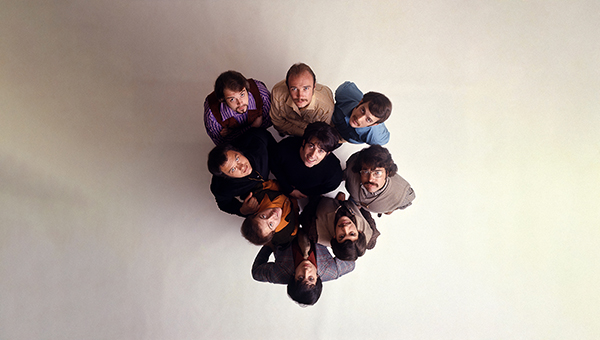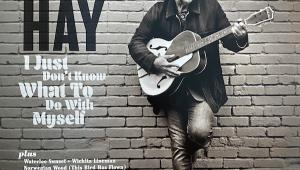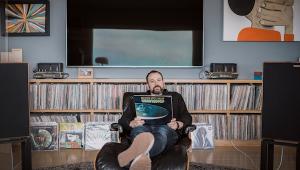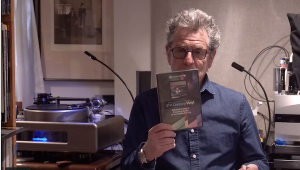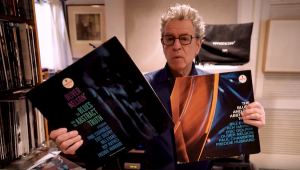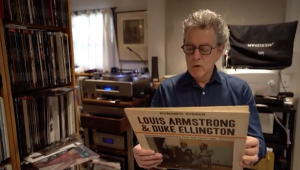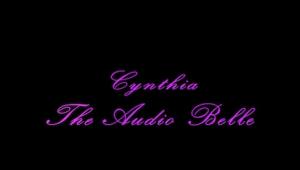Eponymous album 2 was HUGE for me as a - believe it or not - 9 year old.
My oldest brother enlisted in the Navy in 1969 rather than get drafted and left his small but quality record collection in my "care." BS&T, along with the first CSN, Zep 1, and a few others were my earliest musical education. As a result of these records, vapid pop radio held no allure for me.
I scrubbed the grooves bare on these albums with my plastic Sears record player. But those grooves made my heart and soul sing. The sophistication of BS&T compositions and arrangements were not lost on my young ears and brain.
Surprisingly though, unlike CS&N, the BS&T hasn't held up for me. Don't really know why...
Nevertheless, thanks for a great interview Mike and Bobby. Looking forward to catching the documentary.
